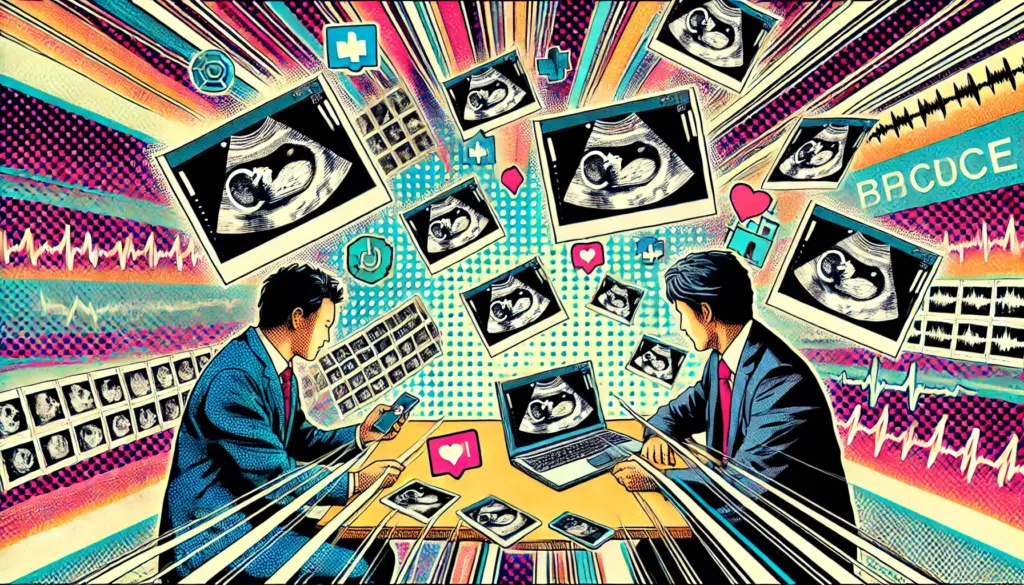
In our hyper-connected society, contactless IC passes like Suica, PASMO, and other FeliCa-based cards have become more than just convenient – they’re essential. Tap to ride, tap to pay – it’s seamless. Yet beneath the surface of sleek design lies a troubling security flaw that threatens the integrity of millions of daily transactions. Let’s unpack what’s happening, why it matters, and what we can anticipate moving forward.
What’s the Story?
Recent investigations revealed a critical security vulnerability in FeliCa chips, the backbone of many transportation IC systems and electronic wallets across Japan.
- Scope of impact: Chips manufactured before 2017 are vulnerable. These older versions share the same encryption keys as newer ones, meaning even newer cards could be tampered with in theory.
- How it works: Security researchers confirmed that the encryption system can be broken, allowing attackers to extract the cryptographic key and potentially alter card data like stored balance or usage history.
- Verification: Independent cybersecurity experts successfully reproduced attacks involving key extraction and data tampering. Their concern is that high-level attackers — such as organized cybercrime groups or foreign actors — could weaponize these vulnerabilities.
- Practical implications: In a real-world test, a card’s balance was increased to more than three times the normal cap in just a few minutes, showing just how easily the system can be abused.
Why This Matters More Than You Might Think
1. Ubiquity = Risk
With more than a billion FeliCa chips in circulation, this isn’t a niche issue; it’s a widespread vulnerability affecting a core piece of Japan’s IT infrastructure.
2. Encryption Key Unity as a Weakness
Using the same key across old and new devices is a fundamental design flaw. Even updated cards aren’t safe unless the key is changed or cards are replaced entirely.
3. Financial and National Security Implications
From fare evasion and fraudulent recharging to espionage risks, the stakes are high. Criminals could create forged balances or manipulate data for illicit gain.
4. Regulatory Pressure
Companies like Sony, JR East, NTT Docomo, and major transit agencies are now under pressure to respond quickly and transparently.
What Might Happen Next?
1. Rapid Phase-Out of Vulnerable Cards
A full retirement of pre-2017 FeliCa cards is likely inevitable. It’s the only effective fix if the encryption key remains unchanged.
2. Enhanced Security Protocols
We may see migration to stronger encryption methods or personalized keys per card. No definitive solutions have been made public yet, but vigilance is necessary.
3. Government Involvement
Given Japan’s dependence on this technology, government agencies will likely coordinate with developers and transit providers to manage replacements and safeguard data.
4. Public Awareness Campaigns
Users will need clear guidance: don’t leave old cards dormant, consider exchanging them promptly, and monitor usage carefully.
A Personal Take: Balancing Convenience with Security
I’ve always admired the convenience of FeliCa cards — they’ve simplified travel and micropayments so beautifully. Yet this situation reveals a catch: when a system becomes universal, vulnerability scales with it.
This could be a turning point — a wake-up call for Japan’s transportation and fintech sectors to re-evaluate aging infrastructure. Upgrading such systems is inconvenient and costly, but doing so proactively protects both daily commuters and national digital resilience.
Tips for Users (and What to Watch)
- Check if your card was issued before 2017.
- Monitor balance and transaction history for anything odd.
- Prepare to replace your card once updated versions become available.
- Stay informed via official notices from transit companies and service providers.
Final Thoughts
This isn’t just a tech flaw; it’s a systemic vulnerability that demands swift and organized action. FeliCa cards have been a digital convenience standard for years — now it’s critical to ensure they remain secure, trustworthy, and resilient for the decades ahead.


















































